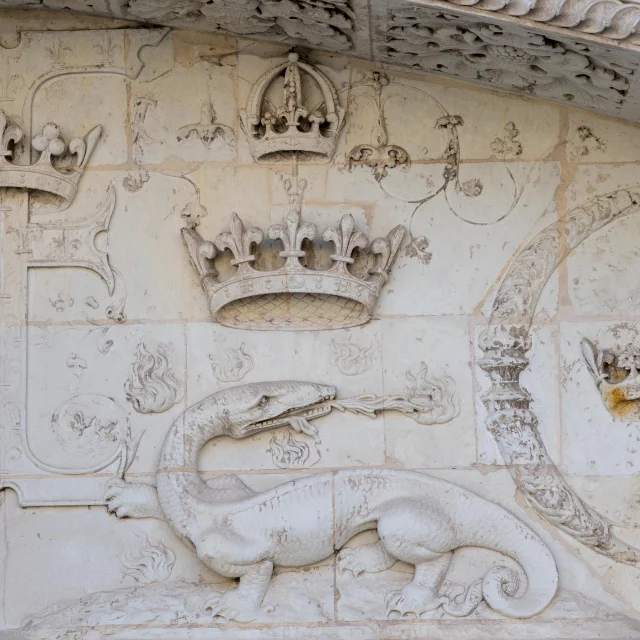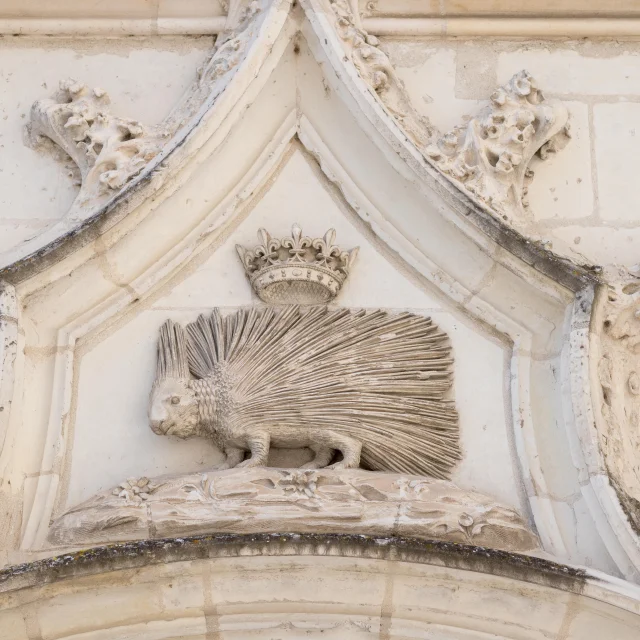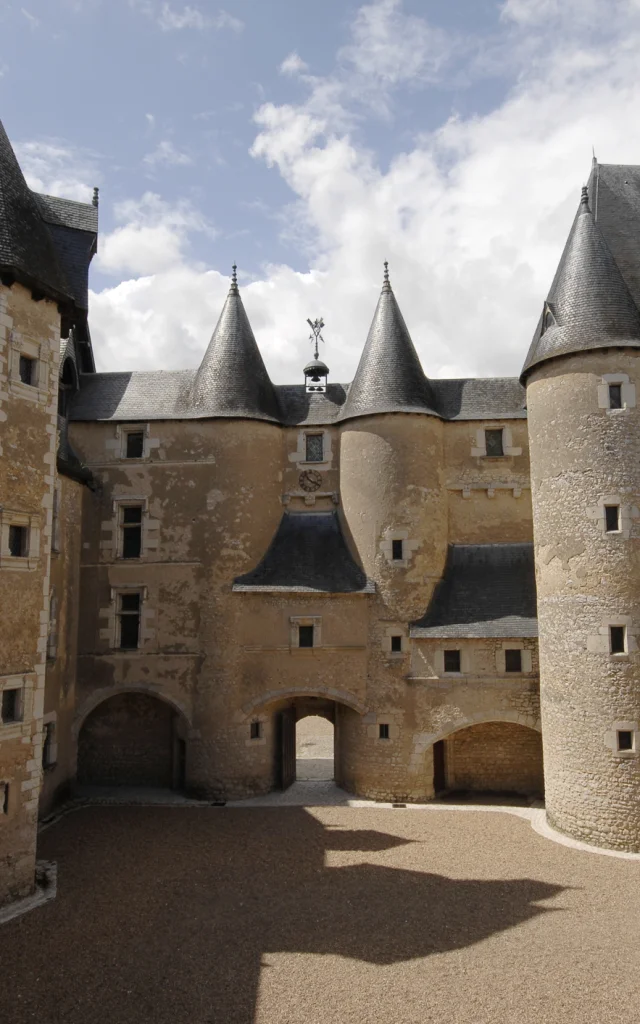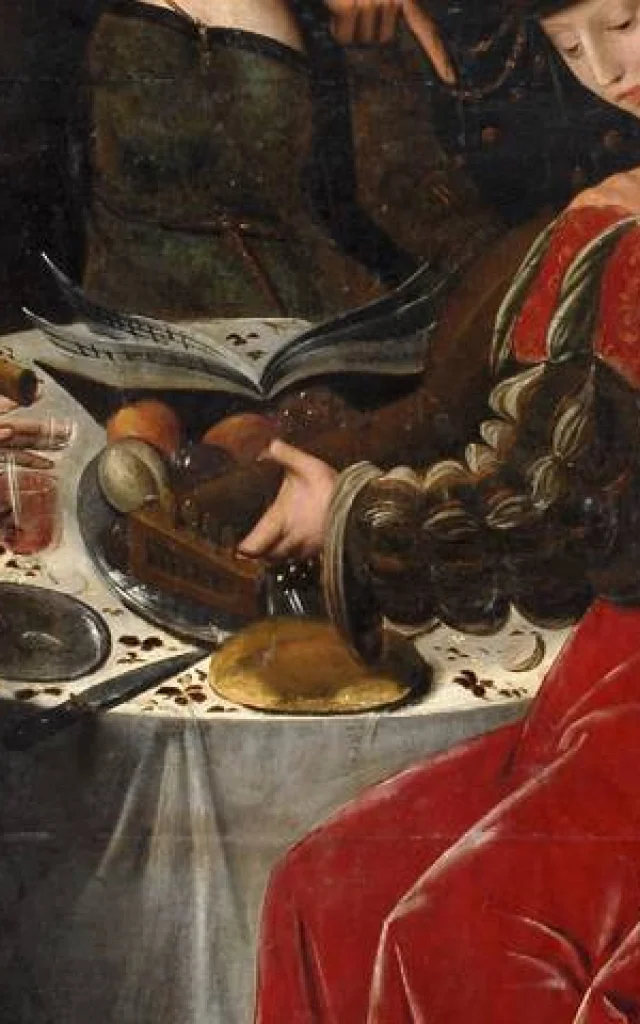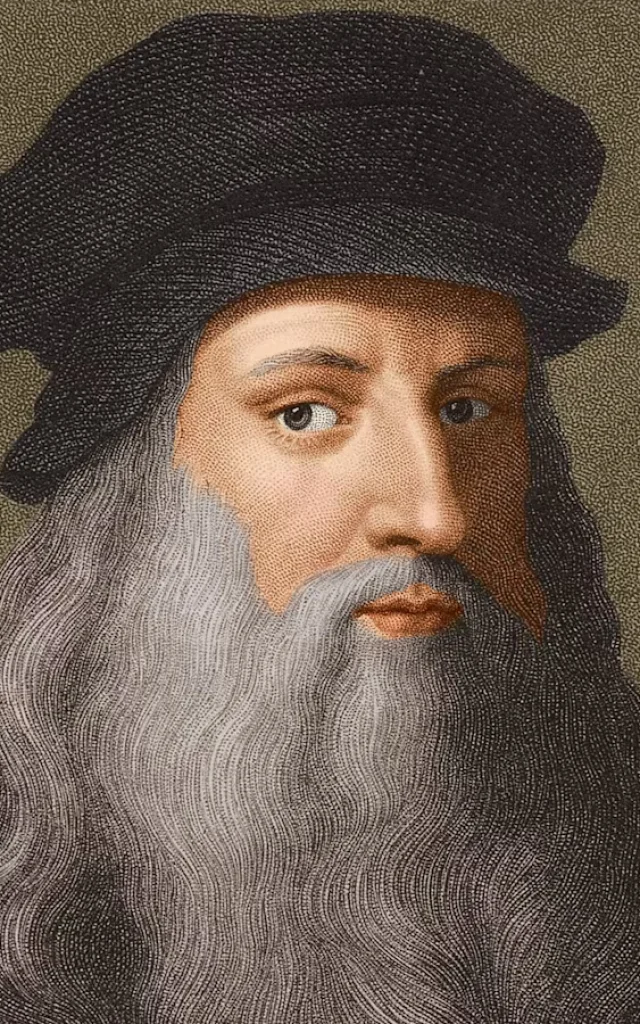In the Blois-Chambord region, several monarchs have left the mark of their presence through emblems scattered on objects, paintings, tapestries, or carved directly into the stone of certain buildings. This is particularly true of François I, whose salamander can be found at the châteaux of Blois and Amboise, and is omnipresent at Chambord.
There are hundreds of them,” says Éric Johannot, in charge of research and educational activities at the Chambord estate. On the great central tower, on doors, fireplaces, ceilings, silverware, books, stationery, fabrics, there are even automatons bearing the effigy of the batrachian!”
Chosen by the monarch, who used it extensively and on every occasion, the animal illustrated his motto: “I nourish the good and extinguish the bad. In those days, the salamander was said to have the ability to extinguish or feed on fire, although this is obviously a myth. In the Middle Ages, people readily attributed special qualities to the animal, which was used as a metaphor for the king’s personality,” stresses Éric Johannot. There was a certain mysticism at the time, and the double meanings sometimes escape us today. François I’s salamander doesn’t even look like a real one – it’s completely stylized.
